Did Homo sapiens come to Russia earlier than to the rest of Europe?
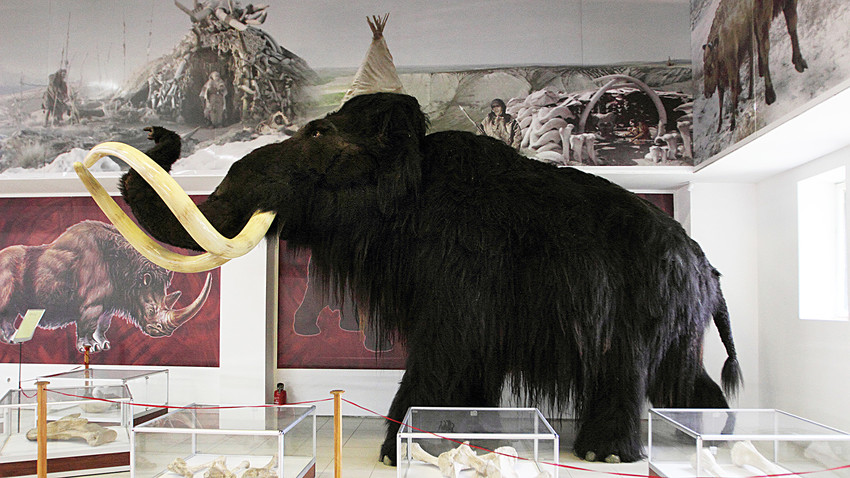
Mammoth Stepan, the symbol of the Kostenki archeological museum.
Legion MediaOne day in 1949, Ivan Protopopov, a local in the small village of Kostenki, Voronezh Region (500 km south of Moscow), began to dig a cellar in his yard. He must have been quite surprised when his shovel hit a large white bone. Seconds later, he found plenty of them in his yard.
Protopopov called an archeologist Alexander Rogachev, who was conducting research in Kostenki, and subsequent excavations showed that the villager had been living on a Stone Age house built of mammoth bones. As further research showed, the area is full of traces and artifacts of human activity from the Upper Paleolithic Period (40,000 – 10,000 years ago).
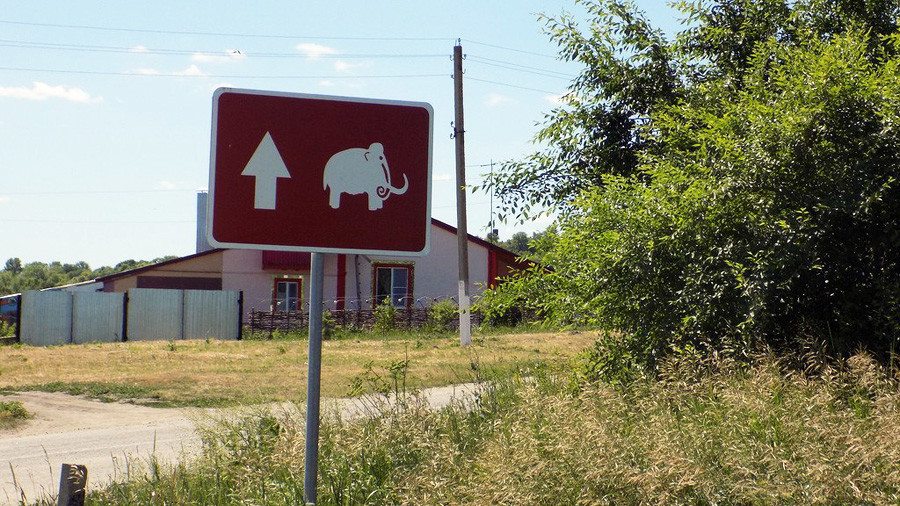
That's a sign you can meet in Kostenki, and in Kostenki only.
Archeological Museum-Reserve KostenkiHouses of bones
Almost 70 years later, in September 2018, we’re talking with the Kostenki State Archeological Museum’s chief researcher, Irina Kotlyarova. In a huge pit before us, right in the center of the museum, lie the remnants of the mammoth bone house.
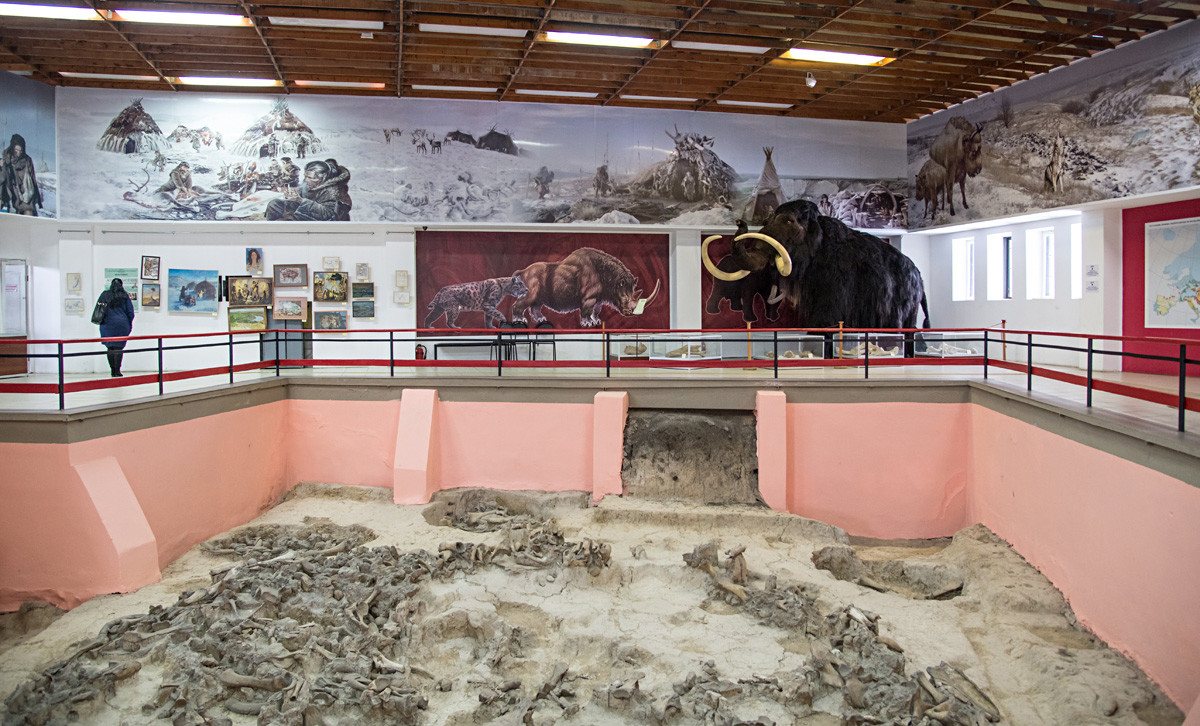
“The Soviet government decided to build the museum around this site,” explains Kotlyarova. At first, it was just a small wooden house,
Scientific gold mine
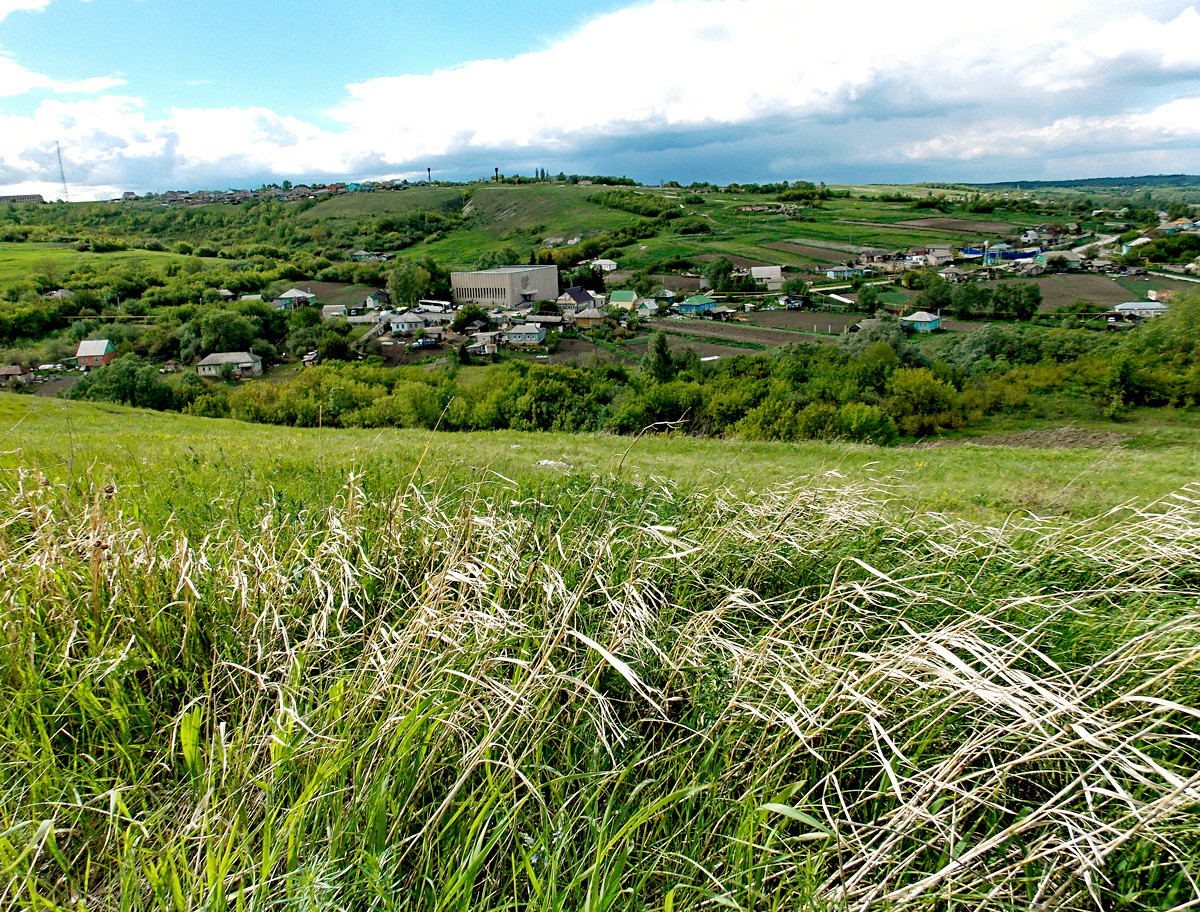
The cubic building in the center is the Kostenki museum.
Archeological Museum-Reserve KostenkiKotlyarova clarifies that the museum exhibition is not the only place of ancient discovery – some 26 sites in Kostenki and Borshchevo (a nearby village) show traces of Stone Age civilizations. Excavations are ongoing.
Just a couple of years ago, when the museum administration tried to build a boiler room in the backyard, they found yet another bone house, which is now under excavation. It seems that Kostenki is a never-ending source of archeological treasures, “a mecca for archeologists,” said Kotlyarova
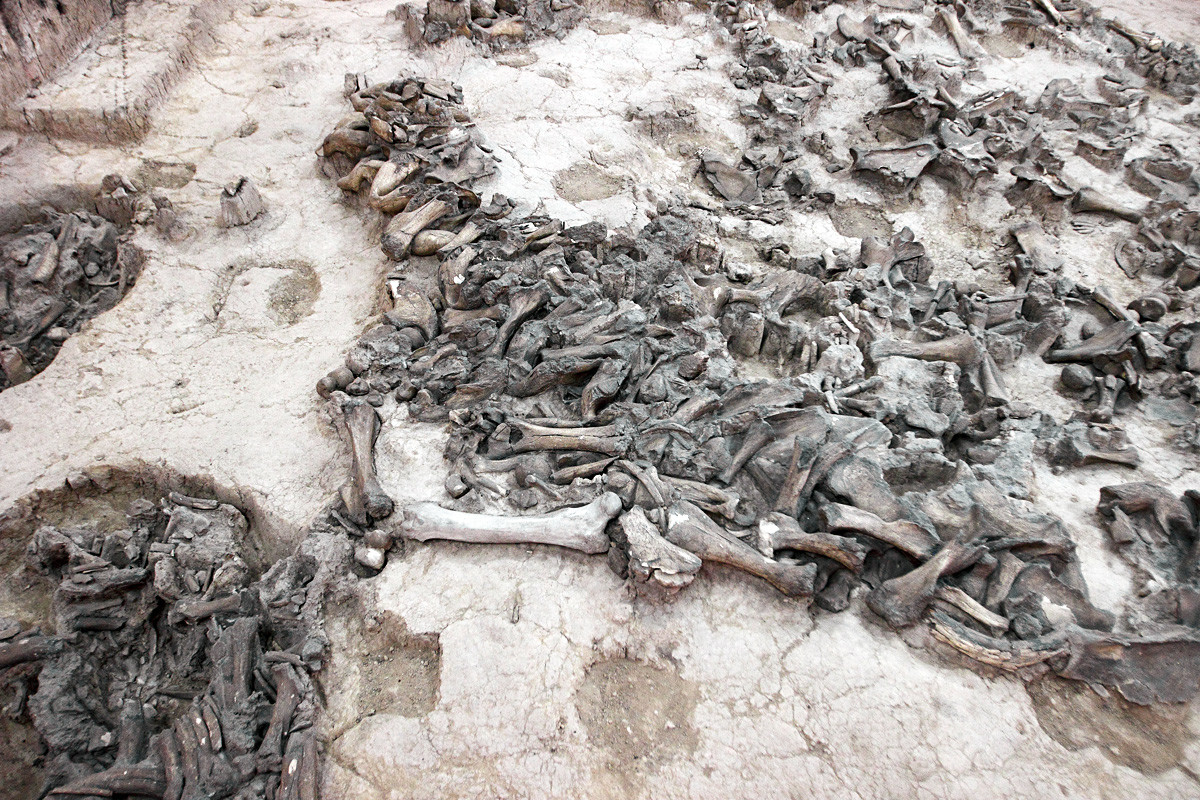
Mammoth bones.
Legion MediaThe Americans dated the artifacts using a thermoluminescent method, and the findings prove that “Homo sapiens came here, to the Don River, far earlier than to the rest of Europe.”
Hard times in prehistoric Russia
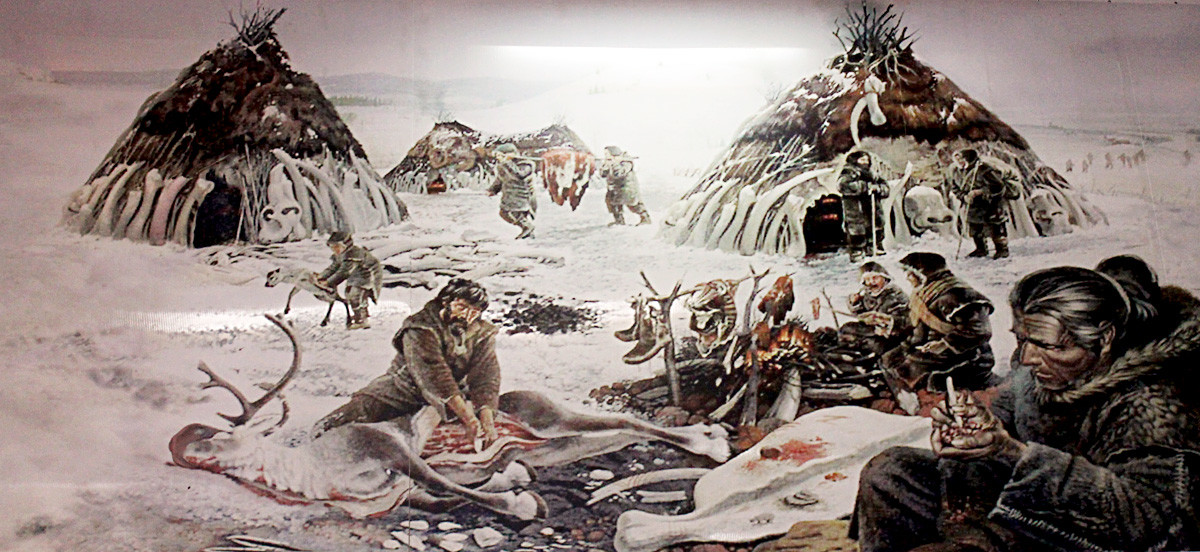
“Some 800 bones of mammoths are here, remnants of approximately 36 animals,” said Kotlyarova about the museum exhibition. “It’s unlikely that even a big tribe could kill so many mammoths – we believe mammoth-hunters also brought remains from far-away.”
The mammoth-hunters made their homes out of bones, covering them with reindeer skins. Entrance to the house was so small that one could only crawl into it; people lived in the freezing temperatures of the permafrost
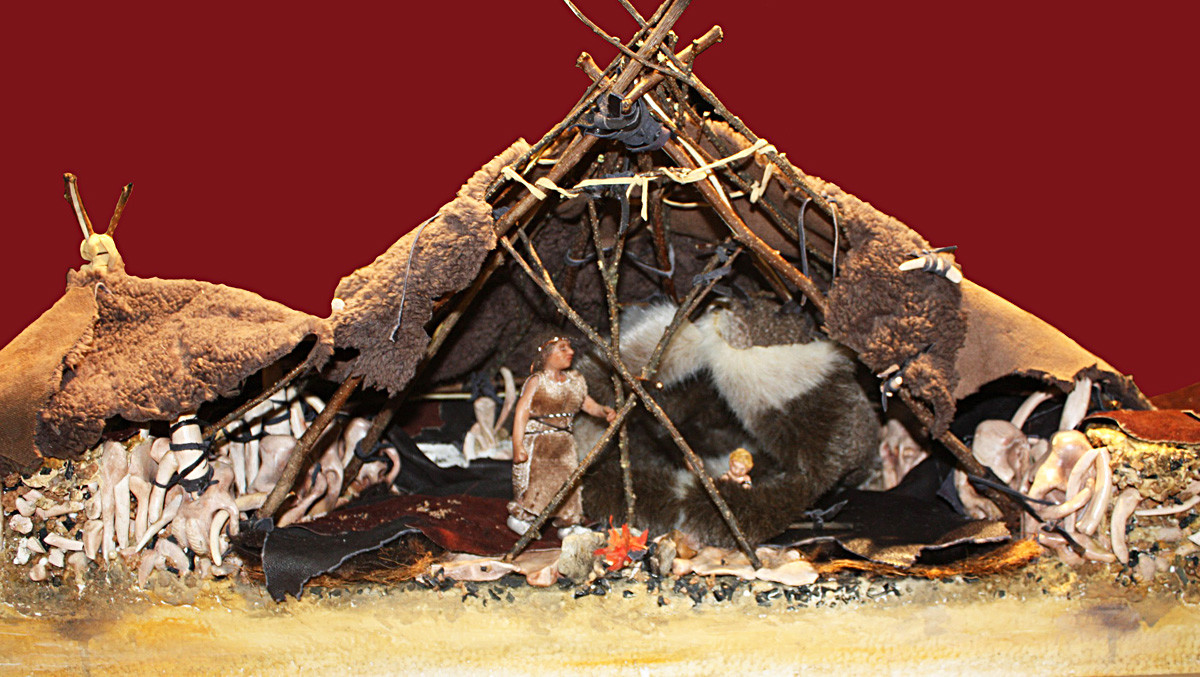
Poorly-known pearl
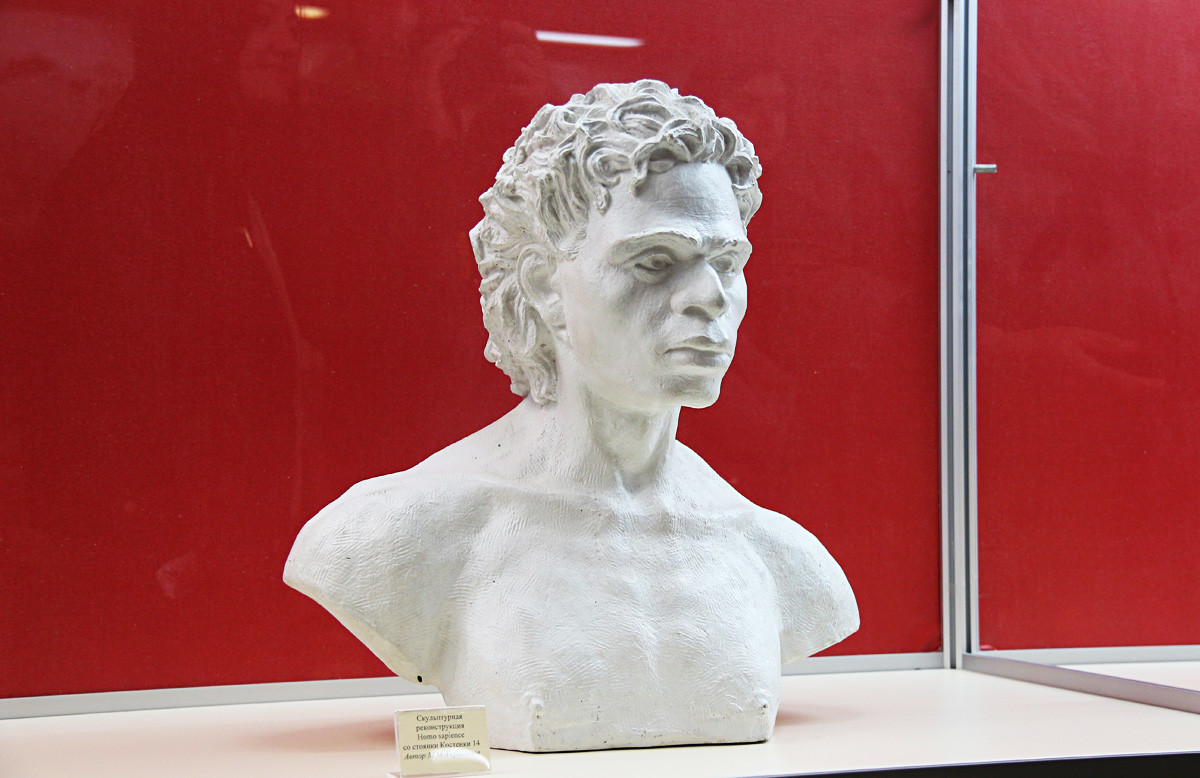
Skull reconstruction in Kostenki which helps to understand how the people from the Stone Age possibly looked like.
Eduard VatutinArcheologist Alexander Rogachev, who spent much time and effort to study Kostenki in the Soviet period, once said: “The [Soviet] authorities don’t fully understand the importance of Kostenki. In the future, this village will be a cultural center for the Voronezh Region.”
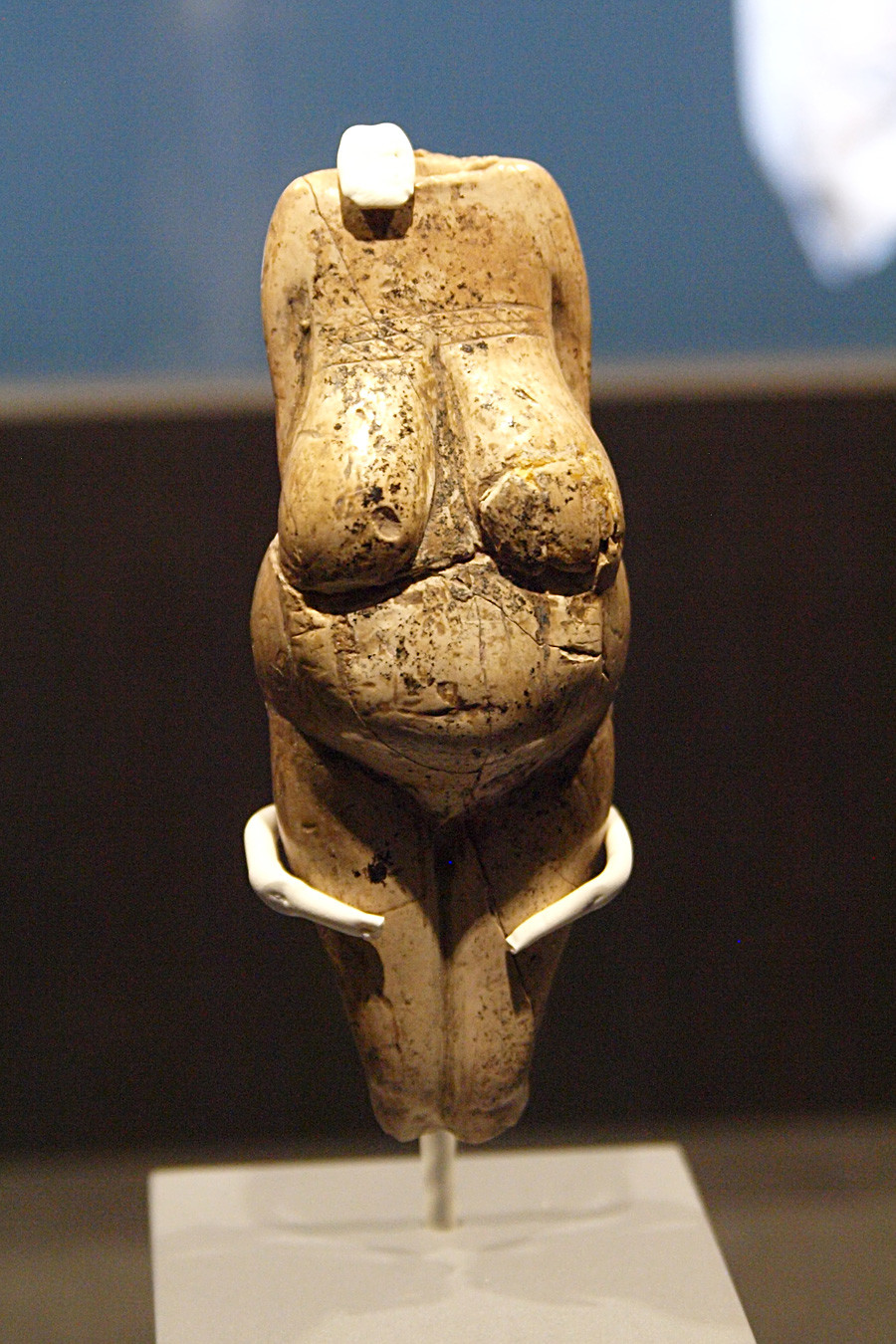
"The Venus" from Kostenki, an ancient statuette of a woman, found in Kostenki.
Andreas FranzkowiakToday, this is true only to some extent. With its museum and picturesque views, Kostenki is situated 70 km south of Voronezh, and it’s hard to get there without a car. A bus leaves the station every morning, but there is no direct route back. Visitors have to go to another village and transfer in order to return to Voronezh.
“Only if we get noticed on the federal level will this attract attention and investment to Kostenki,” said Irina Kotlyarova. For now, Kostenki is a mecca for archeologists, but not for tourists. Still, Kotlyarova believes that as long as there are Stone Age enthusiasts Kostenki will live on as an important historical site.
If you're interested in ancient history, we have an article on how Romanovs came to rule Russia. Of course, it's not the Stone Age, just 300 years ago, but still.
If using any of Russia Beyond's content, partly or in full, always provide an active hyperlink to the original material.
Subscribe
to our newsletter!
Get the week's best stories straight to your inbox